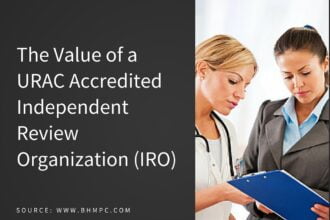
Chances are, whether your on the administrative or clinical side of hospital operations, lowering readmission rates is high on your priority list.

Chances are, whether your on the administrative or clinical side of hospital operations, lowering readmission rates is high on your priority list. For administrators and financial officers, lowering the costs accrued from readmissions is paramount to staying under budget and for doctors and nurses, having patients prepared for life at home after discharge is the mark of truly community minded care. The patient-centered medical home purports medical decision making as an equal playing field; particularly when it comes to post-discharge measures of patient care.
So why do patients end up back in the hospital? Why are costs sky high and penalties leaps and bounds above where they were in previous years?
There are three distinct reasons, categorized by patient.
- The patient experienced complications directly related to the initial hospital stay (e.g. post-op infection)
- The patient gets home, doesn’t know how to care for themselves and neither do their caregivers, so avoidable mistakes are made (particularly with medications)
- The patient has a chronic condition that initially led to a hospital stay, and they are still not clear on how to manage their condition at home and keep it from becoming exacerbated (such as COPD, asthma or diabetes)
You might have noticed that in the case of the first two reasons, the hospital is at fault for that patient’s return to the hospital. In the first case, a preventable infection or otherwise poor outcome occurred for the patient and, in the second, a complication or poor outcome occurred because steps were not taken to prevent it. The third case is tricky; where does one draw the line between the doctor’s responsibility to educate the patient about their condition and the patient’s responsibility to act upon their doctor’s recommendations?
Readmission Rates | Data
These are three unique data sets, but all three can be measured. And the data returned can be acted upon. Analyzing the data for cause and effect relationships is the first step to promoting reduced readmission rates across the board. While analyzing and reinventing your discharge procedure is a natural first step, it’s not enough to simply change the process for patient’s as they’re going out the door. True reform needs to come much earlier in the process, by identifying at-risk patient groups and address their needs in a holistic way before they even set foot through the front door for an admission. By understanding the needs of the community of patients your organization serves, you can make the most of a necessary hospital stay to promote education and management skills that will stay with a patient and their families post-discharge.
Easier said than done, perhaps: most physicians and nurses out on the floor with patients simply don’t have the time and resources. So, for many, piloting unique programs to address at-risk populations may be of interest, or likewise, restricting current discharge planning modalities to incorporate such measures.









